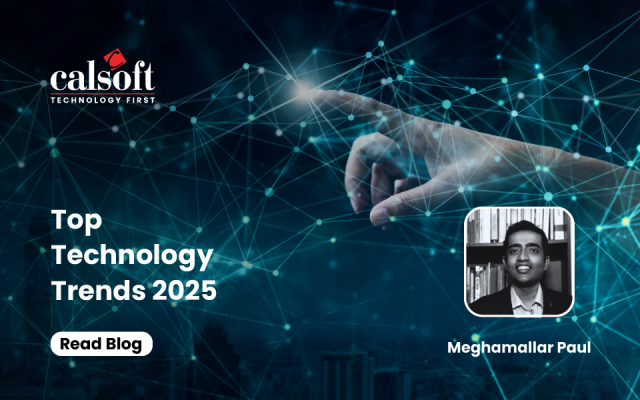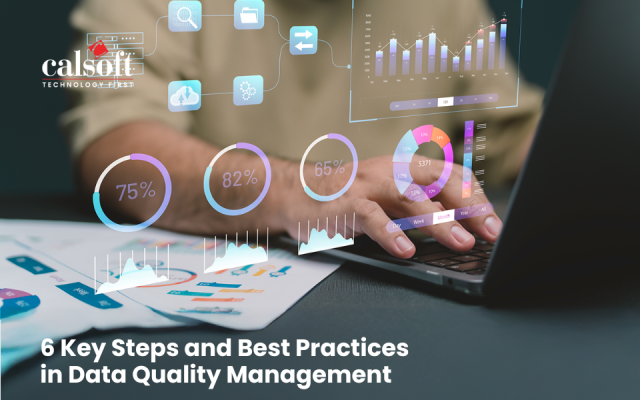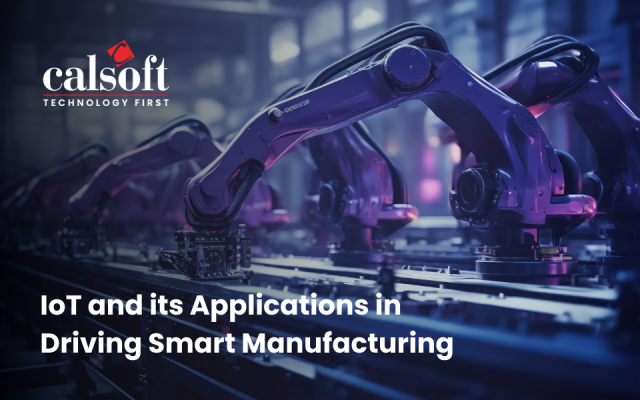In today’s fast-paced business environment, technology plays a critical role in driving success. As a result, many organizations are turning to IT service providers for support with their technology needs. However, choosing the right engagement model for IT services can be challenging, as there are many options available, each with its own pros and cons.
IT Services Engagement Models are frameworks that outline the relationship between a client and an IT services provider. The most common models include Fixed-Time or Project-Based, Time and Material, Managed Services, outsourcing, and Hybrid. At Calsoft, our engagement models are designed to align perfectly well with customer needs, and they are flexible to be customized as per changing requirements.
To choose the right engagement model, businesses need to understand the key features and benefits of each option.
Fixed-Time Model
The Project-based Model is a popular choice for businesses that need IT support for a specific project with well-defined deliverables, timelines, and budget. This model is ideal for businesses that need a one-time solution, such as software development or website design.
Advantages:
- Clear deliverables and timeline
- Fixed budget and costs
- A focused approach to problem-solving
Disadvantages:
- Limited flexibility
- Limited support beyond the project scope
- Difficulty in making changes to the project plan
Time and Material Model
The Time and Material Model is a flexible option that charges the client based on the actual time and resources used. This model is ideal for businesses that need ongoing IT support and have a dynamic workload.
Advantages:
- Flexible approach to problem-solving
- Ability to adjust resources as needed
- Real-time billing based on actual usage
Disadvantages:
- Lack of predictability in terms of cost and timeline
- Potential for higher costs due to the lack of a fixed budget
- Difficulty in controlling resource utilization
Managed Services Model
The Managed Services Model involves the IT services provider managing the client’s IT infrastructure and providing ongoing support. This model is ideal for businesses that need comprehensive IT support but lack the internal resources to manage their technology effectively.
Advantages:
- A proactive approach to problem-solving
- Comprehensive IT support and management
- Reduced internal IT costs
Disadvantages:
- Lack of control over the IT services provider’s processes
- Potential for high costs
- Lack of flexibility in terms of support offerings
Outsourcing Model
The Outsource Model involves outsourcing all or a significant portion of the client’s IT operations to the IT services provider. This model is ideal for businesses that need comprehensive IT support but lack the internal resources to manage their technology effectively.
Advantages:
- Comprehensive IT support and management
- Reduced internal IT costs
- Improved operational efficiency
Disadvantages:
- Loss of control over the IT operations
- Dependence on the IT services provider
- Potential for high costs
Hybrid Model
The Hybrid Model combines elements of different engagement models to best meet the client’s needs. This model is ideal for businesses that need a combination of project-based, ongoing, and comprehensive IT support.
Advantages:
- Flexibility in terms of support offerings
- Customized approach to problem-solving
- Ability to adjust resources as needed
Disadvantages:
- Difficulty in determining the right balance of support offerings
- Potential for high costs
- Lack of predictability in terms of cost and timeline
Global In-House Center
A Global In-House Center (GIC) is a captive center set up by an organization to provide IT services and support internally rather than outsourcing.
Advantages:
- Lower labor costs in certain locations can result in significant cost savings.
- Access to specialized skills bringing expertise and best practices to the organization
- Improved quality of service with better control and monitoring
Disadvantages:
- Can be expensive, requiring investment in infrastructure, technology, and personnel
- Managing cultural differences between employees in different locations can be challenging
- Ensuring compliance with local laws and regulations can be challenging and complex
Conclusion
Choosing the right IT Services Engagement Model is critical to the success of any business that needs IT support. Each model has its own advantages and disadvantages, and the right choice will depend on the specific needs and goals.
Write to us to find the right IT services engagement model for your company, and reach out to experienced professionals who can guide you in making an informed decision.







